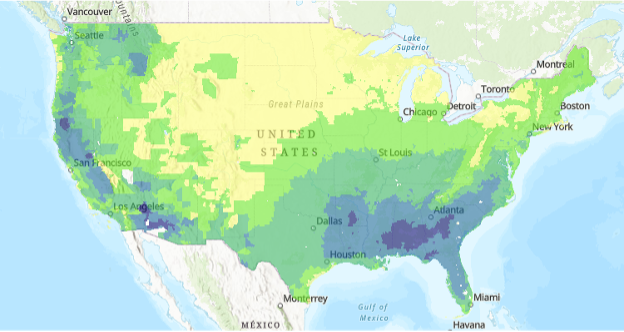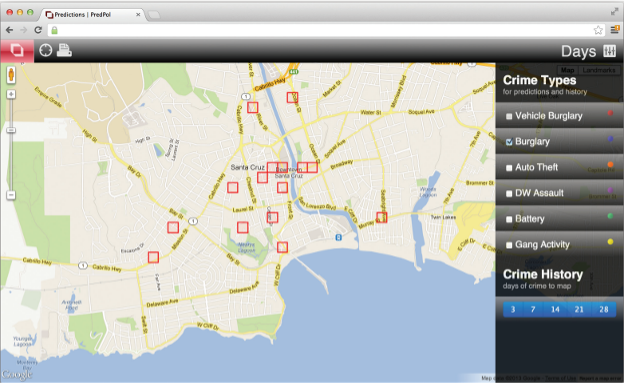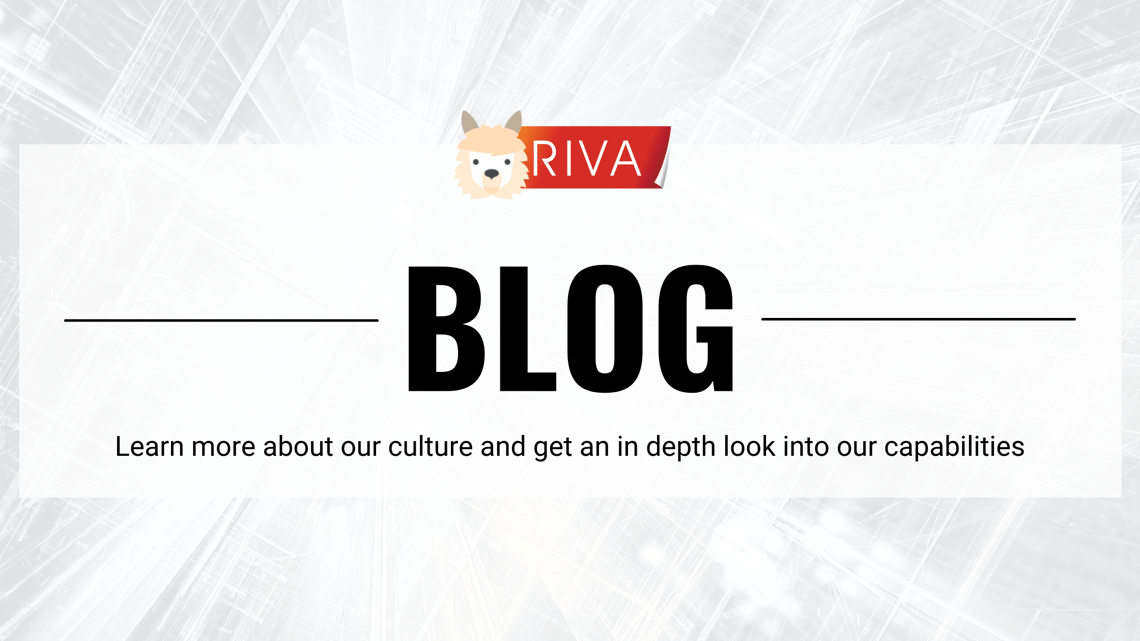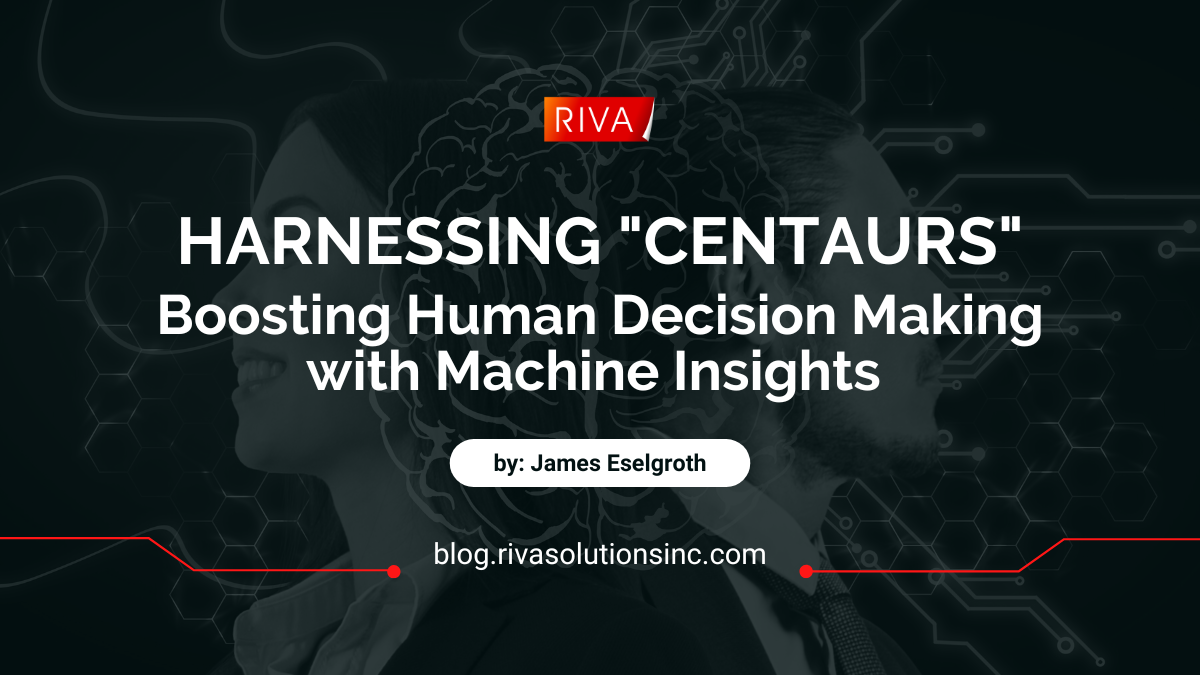This past summer, the General Services Administration ran an Applied AI Challenge seeking proposals for “creative AI applications across a variety of use cases that have powerful impacts supporting complex decision making”. When I came across this contest, the first thing I thought of was “the government is looking for centaurs.”
What’s a centaur? Not a human/horse combination, but rather a hybrid decision-making approach where humans combine their intelligence with insights from machines to become a modern decision maker. I first came across the centaur concept in David Epstein’s book Range, and you might be surprised to know that you’ve already become one.
- If you use a navigation app with real-time traffic updates built in, you’ve become a centaur
- If you manage your finances with the help of your bank or credit card’s suggestions and budgeting tools, you’ve become a centaur
Interestingly, centaurs have been proven to be more powerful decision makers than humans or computers on their own. The reason is that they unite a human’s guidance on strategic outcomes with a machine’s ability to rapidly parse data and present possibilities. And they will be critical to federal leaders as the federal government moves to more data-driven-decision making.
Where Centaur Decision-Making Can Help the Federal Government
Below are a few examples where centaurs can help government decision makers.
Policy Development
Public policy decisions are complex, and those who make them must balance input from interest groups, academics, federal agencies, and political agendas. These interests often conflict, making policy development contentious at best. But a centaur approach can help smooth these waters.
Consider federal disaster prevention efforts, say for a hurricane or flooding. Decision makers will need to make choices about where to allocate funding for improvement projects. And they can do so armed with data on things like historical disaster frequency, economic production within range of coastal flooding, costs to deploy various mitigation methods, and more in order to make the most efficient choice.
If we look at the hurricane appropriations data below from the Congressional Budget Office, we see that supplemental appropriations dwarf annual appropriations. Perhaps there’s space for a centaur to look at climate data in the context of the congressional budgeting process to do a better job of budget forecasting?

Program Evaluation
Where an agency provides existing services, evaluating the effectiveness of those programs is often a statutory requirement. And many agencies have significant opportunities to improve service delivery and operations.
For example, the EPA has conducted frequent evaluations of its programs to improve air and water quality over the years. These evaluations combine data on the effectiveness of the program with other measurements such as cost in order to present a report for a human decision maker to address opportunities for program optimization.

Above is a screenshot from the EPA’s EnviroAtlas, an interactive map that displays prevalence of environmental concerns by community.
Resource Allocation
One of the hardest challenges government decision makers face is resource allocation. Budgets never seem to go far enough, and when they are funded by taxpayers it can be difficult to raise revenue. When a leader is faced with challenging resource allocation decisions, the centaur decision model truly shines.
Predictive data sets can be used by government agencies to help allocate scarce resources. As an example, “predictive policing” tools are becoming more accurate at identifying where crimes are most likely to occur, which helps human decision-makers allocate resources to these areas at particular times in order to improve public safety.

Above: a predictive policing map from IBM’s review of innovations in the space
Efficiency Improvements
Deloitte’s research found that federal employees spend 280 million hours procuring and processing information. That figure is staggering, and costs the American taxpayer an estimated $15 billion.
A centaur-driven approach would provide a federal employee with a machine-driven sorting tool to process routine transactions, and flag any submissions that require human interaction.
---
I hope you’ve found my centaur analogy helpful in spurring your thinking regarding combining all the decision tools at your disposal to make the best possible decisions. The more we can set aside our inherent biases and let the data be our guide, the easier our choices will be.
If you’d like to learn more, please contact us at info@rivasolutionsinc.com.



Leave Comment